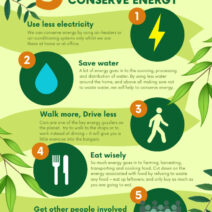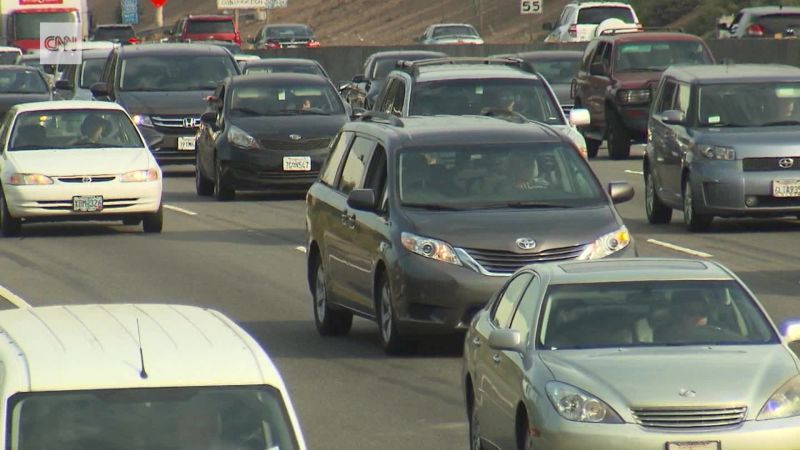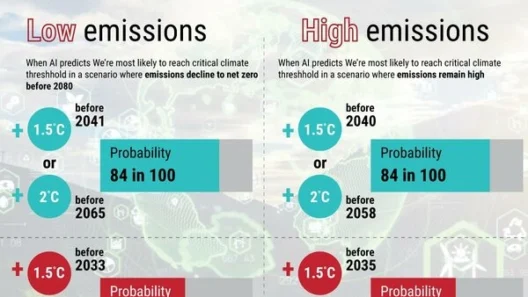Global warming has emerged as one of the most formidable challenges of our time, raising questions about the myriad causes that contribute to this pressing issue. Amongst these, the automobile industry often occupies center stage, leading to an ongoing debate: Are cars the main culprit behind global warming? Understanding this requires a multifaceted exploration of greenhouse gas emissions, the broader context of fossil fuel consumption, and viable alternatives.
To begin, it is imperative to grasp the significant role of cars in the larger spectrum of greenhouse gas emissions. The transportation sector is responsible for a considerable segment of global carbon dioxide emissions. In developed nations, passenger vehicles and light-duty trucks are particularly notorious, contributing nearly 60% of all transport-related emissions. This phenomenon is not limited to their tailpipe emissions alone. The production, maintenance, and eventual disposal of automobiles further exacerbate their ecological footprint. Embodied energy, fossil fuel extraction, and manufacturing processes all entail supplementary pollutants that add to global warming potentials.
Diving deeper into the specifics, the combustion engines prevalent in most vehicles operate primarily on fossil fuels, specifically gasoline and diesel. When burned, these fuels release significant amounts of carbon dioxide, a principal greenhouse gas. Additionally, other harmful by-products like nitrogen oxides and particulate matter can cause severe adverse health effects. With increasing urbanization and population density, the reliance on motor vehicles has escalated, intensifying the implications of this trend.
However, the narrative is not one-dimensional. While automobiles contribute significantly to climate change, they share culpabilities with other sectors. The energy production industry, for instance, remains a colossal source of emissions, particularly coal-fired power plants. According to several analyses, the energy sector accounts for roughly 42% of global emissions, dwarfing contributions from the automotive sector in specific contexts. This reality underlines the importance of evaluating all sources of greenhouse gases holistically rather than singling out cars as the predominant villians.
To add another layer to this discussion, one must consider the agricultural sector. Agricultural practices, livestock methane emissions, and land-use changes for farming purposes also represent substantial contributors to global warming. Some estimates suggest agriculture can contribute up to 30% of total greenhouse gas emissions, demonstrating that vehicles, while significant, are not the sole drivers of this crisis. Hence, painting cars as the principal offenders without acknowledging these other sources might lead to misguided solutions.
Transitioning to alternative transportation methods provides a compelling avenue for mitigating the impact of vehicles on the climate. The expansion of public transport systems, improvements in cycling infrastructure, and support for walking initiatives can dramatically reduce the reliance on personal vehicles. Public transportation not only decreases emissions per capita but enhances urban mobility and accessibility. Furthermore, biking and walking initiatives contribute to healthier communities by promoting physical activity and reducing urban congestion.
Electric vehicles (EVs) present another promising solution in the quest to curb emissions. With advancements in battery technology and the growing availability of renewable energy sources, electric vehicles offer a less polluting alternative to conventional cars. However, electricity generation remains a crucial factor; if EVs are charged using fossil fuels, the problem persists. Thus, a holistic approach must also incorporate cleaner energy production methods, such as solar and wind, to ensure that the shift to electric cars translates to actual emission reductions.
Moreover, policy interventions play a vital role in steering the narrative toward more sustainable transportation practices. Governments can implement stringent emissions standards, incentivize the adoption of EVs, and invest in sustainable public transport systems. Legislative actions, such as carbon pricing or subsidies for renewable energy, can encourage both manufacturers and consumers to rethink their choices. However, the effectiveness of such policies hinges on public awareness and engagement to drive collective behavioral change.
Beyond technological advancements and policy reform, individuals play a critical role in addressing global warming. Personal choices, such as carpooling, using public transit, or even adopting a minimalist lifestyle can collectively make a difference. Educating communities about the environmental impact of their transportation choices fosters a culture of responsibility and sustainability. Environmental stewardship can manifest in numerous ways—be it supporting local initiatives focused on car-free days or advocating for greener urban planning.
In summary, while cars are undoubtedly significant contributors to global warming, they are not the sole culprits. A multitude of sectors, including energy and agriculture, share the responsibility for greenhouse gas emissions. Recognizing this interconnectedness is essential in developing comprehensive strategies to combat climate change. By promoting alternative transportation options, leveraging electric vehicles, and implementing impactful policies, society can navigate toward a more sustainable future. Ultimately, a collaborative approach that integrates individual actions with systemic change is paramount in addressing the multi-faceted threat of global warming.








